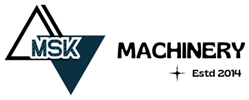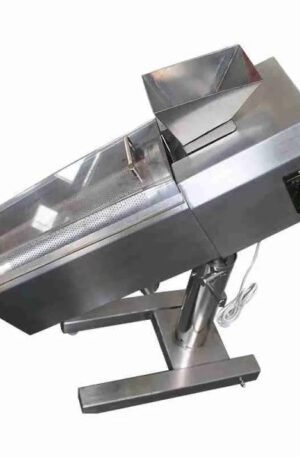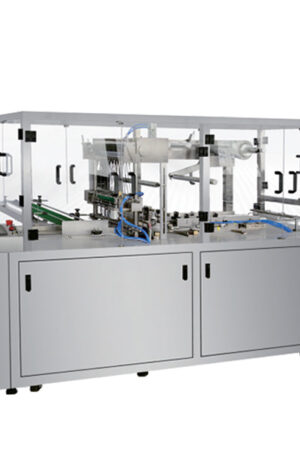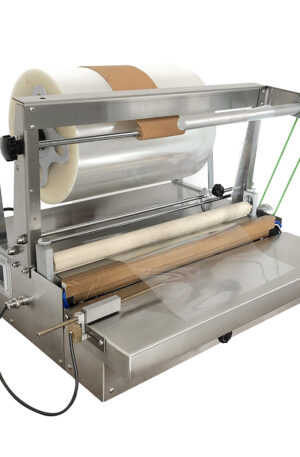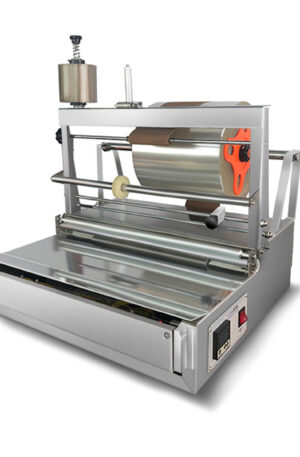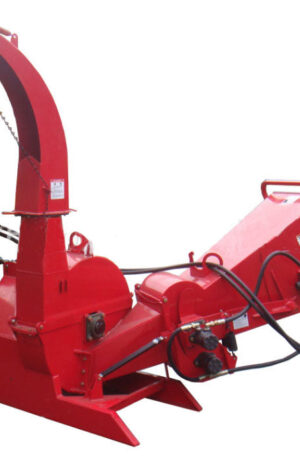Title: The Role of Pharmaceutical Machinery in Drug Manufacturing
Pharmaceutical machinery plays a crucial role in the drug manufacturing process, ensuring the efficiency, accuracy, and quality of pharmaceutical products. Two essential types of machinery used in drug manufacturing are table press machines and capsule filling machines.
Table press machines, such as TDP (Tablet Press) and THDP (Tablet Hardness Testing Press), are commonly used in pharmaceutical manufacturing facilities. These machines are designed to compress powdered ingredients into solid tablets of consistent size, shape, and dosage strength. The TDP machine, for example, operates by feeding granulated or powdered material into a hopper, which is then compressed into a tablet form using punches and dies. The THDP machine, on the other hand, is used to test the hardness and durability of the tablets to ensure they can withstand handling and transportation without breaking.
On the other hand, capsule filling machines are used to fill empty capsule shells with powdered or liquid medication. These machines automate the process of filling capsules, ensuring precise dosing and uniformity of the final product. Capsule filling machines come in various types, including manual, semi-automatic, and fully automatic machines, each offering different levels of production capacity and efficiency.
The efficiency and accuracy of pharmaceutical machinery are critical in ensuring the safety and efficacy of pharmaceutical products. By automating the manufacturing process, pharmaceutical machinery reduces the risk of human error and contamination, resulting in consistent and high-quality products. Additionally, pharmaceutical machinery increases production speed, allowing pharmaceutical companies to meet the growing demand for medications in a timely manner.
In conclusion, pharmaceutical machinery, such as table press machines and capsule filling machines, play a vital role in drug manufacturing by ensuring the efficiency, accuracy, and quality of pharmaceutical products. These machines streamline the manufacturing process, reducing human error, improving consistency, and increasing production speed. As technology continues to advance, pharmaceutical machinery will continue to evolve, further enhancing the quality and safety of pharmaceutical products for the benefit of patients worldwide.
